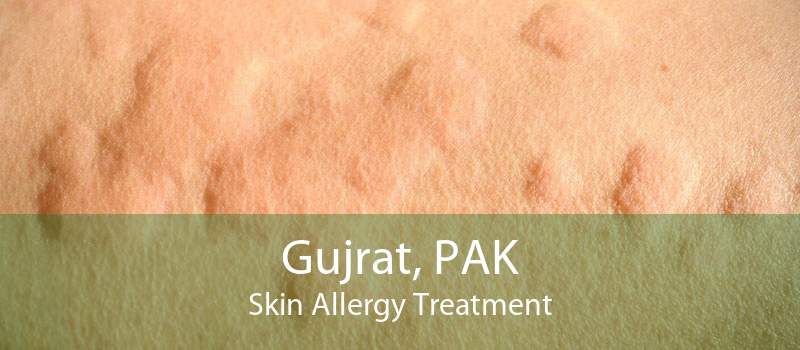Vitiligo
Vitiligo is a chronic skin disorder that causes areas of skin to lose colour. It presents as depigmented (white) patches. Exposed body sites, such as the face, elbows, knees, hands and feet, are often involved, resulting in significant cosmetic concerns. Vitiligo is usually treated with creams and tablets, or by phototherapy. Vitiligo may fail to improve or clear with these treatments.

Skin Allergy
Red, bumpy, itchy skin can be irritating, painful and embarrassing. Rashes can be caused by many things, including exposure to certain plants (poison ivy, for example), allergic reactions to a medication or a food. Rashes can also be caused by an illness such as measles or chickenpox. Eczema and hives, both of which are related to allergies, are two of the most common types of skin rashes. If your skin condition is the result of an allergy, an allergist can diagnose and treat your condition, so you can live life to the fullest.
Acne
The occasional pimple can be concealed. If used at all, over-the-counter cover-up creams and cosmetics should be water-based. Even if outbreaks of acne cannot be eliminated, conventional treatment can provide relief.
The best treatments inhibit sebum production, limit bacterial growth, encourage shedding of skin cells to unclog pores, or a newer treatment that blocks male hormones in the skin. Because many therapies can have side effects, any patient with acne should proceed with caution when trying a new treatment. People with any type of acne that lowers their self-esteem or makes them unhappy, those with acne that is leaving scars or people with severe, persistent cases of acne, need the care of a dermatologist.
Melasma
Melasma, a form of hyperpigmentation that occurs primarily in women, can be particularly tricky to treat for a myriad of reasons — most notably, because it is triggered and exacerbated by hormonal changes and UV exposure. The hormonal component to melasma is what sets it apart from other forms of hyperpigmentation, although the primary symptoms of both general hyperpigmentation and melasma are often similar: Dark patches of skin discoloration.




